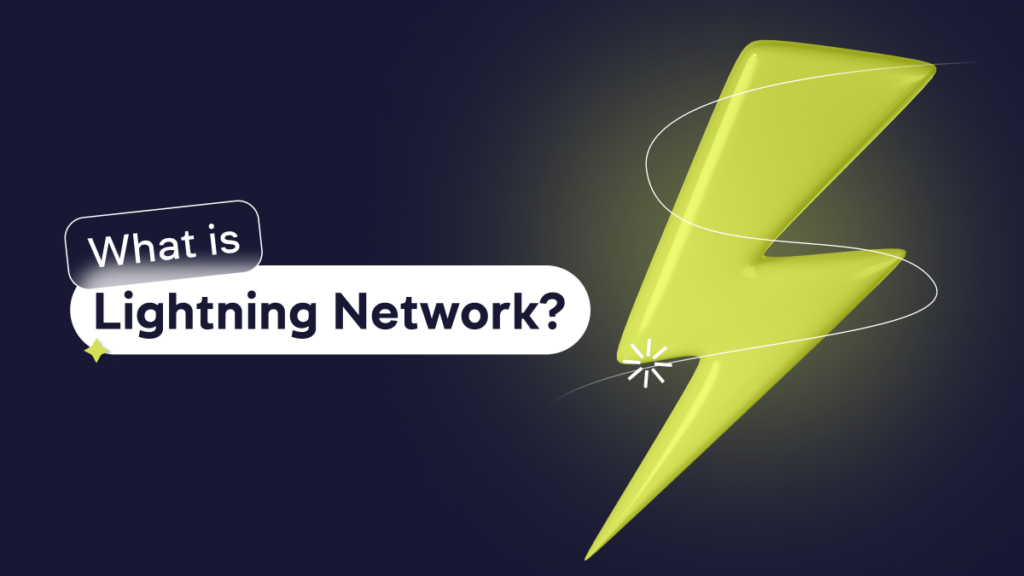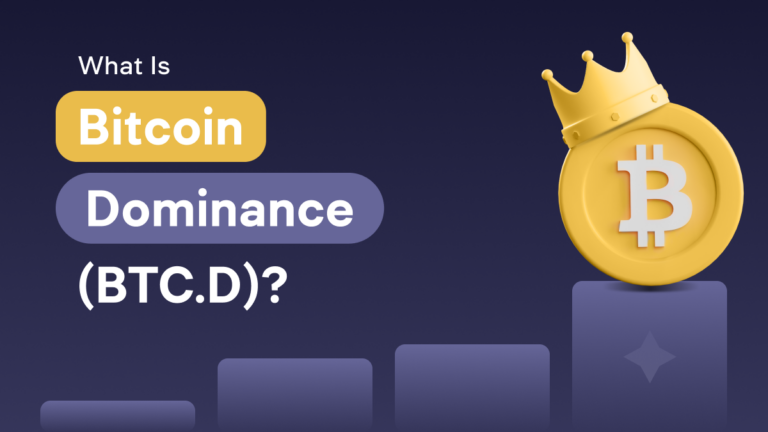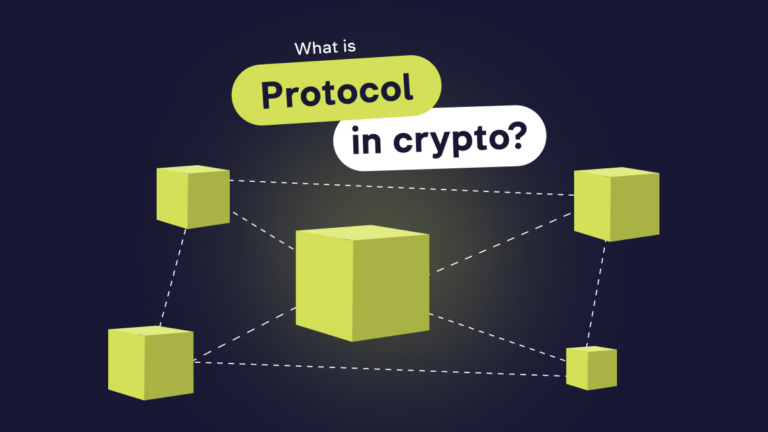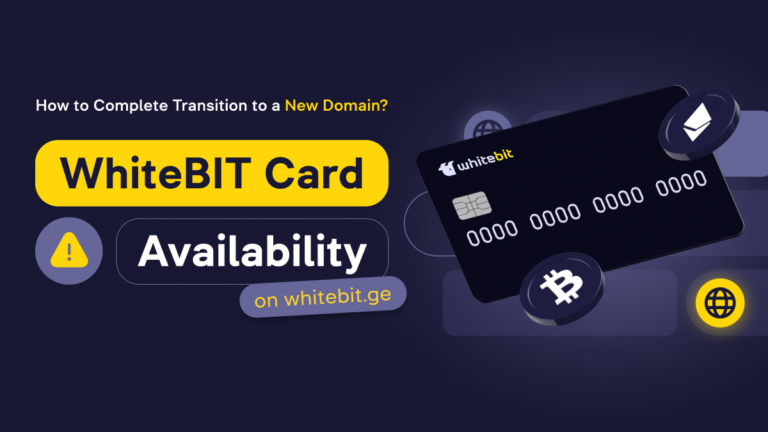What Is the Bitcoin Lightning Network?

Content
In the digital age, the speed and efficiency of financial transactions are becoming increasingly important. Bitcoin’s maximum throughput is up to 7-10 transactions per second, often lower in practice. The world needed a technology that could make Bitcoin transactions faster and cheaper. The Lightning Network was just such a solution. In this article, we will look at the basics of Lightning Network, its advantages and disadvantages, and its potential impact on cryptocurrencies.
A Brief History of the Bitcoin Lightning Network
In 2009, Satoshi Nakamoto proposed a code to create user payment channels. With their help, users could conduct many transactions outside the main blockchain, significantly reducing the load on the network and lowering transaction fees. In 2013, Bitcoin developer Mike Hearn presented a letter from Satoshi Nakamoto explaining the mechanisms of payment channels in detail, the Bitcoin Lightning Network explained.
Blockchain enthusiasts Joseph Poon and Thaddeus Dryja published a draft version of the LN White Paper “The Bitcoin Lightning Network” in February 2015. The main version of the White Paper was published in early 2016.
Due to the decentralized approach to Lightning Network development and the many independent teams, the community had to establish common standards. In October 2016, essential standards were defined at a summit in Milan.
In August 2017, Bitcoin activated the Segregated Witness (SegWit) soft fork, a necessary update for further Lightning Network adoption.
In March 2018, the Lightning Labs team released a BTC lightning network client test version. The network had over 1,000 functioning nodes and 1,863 open channels by then.
What Is Lightning Network?
Lightning Network is an innovative technology that solves Bitcoin’s scalability problems. It is a Layer 2 protocol that runs on top of the leading Bitcoin blockchain network. The basic idea behind the Lightning Network is to create two-way payment channels between users, allowing multiple transactions to occur outside the main blockchain. These transactions are only recorded when the channel is opened and closed, significantly reducing the network load and lowering fees.
The Lightning Network provides near-instant and cheap lightning network transactions, eliminating the need to enter each transaction into the main blockchain. This is especially important for Bitcoin, which faces scalability issues due to limited network bandwidth. The Lightning Network can process thousands, and potentially millions, of transactions per second, making Bitcoin more efficient and suitable for mass use.
The protocol utilizes smart contracts to ensure secure and transparent transactions, allowing users to exchange funds without intermediaries. This preserves Bitcoin’s high level of decentralization and security while improving its functionality and scalability. As a result, the BTC lightning opens up new possibilities for using Bitcoin in everyday transactions, making it more accessible and convenient for users worldwide.
How Does the Lightning Network Work?
The Bitcoin Lightning Network works by creating payment channels between users using multisig. When two users want to interact, they open a payment channel by providing bitcoins to a shared multi-sig address, requiring both parties’ signatures to conduct transactions. Such a lightning channel can be considered a traditional safe deposit box. The funds in the channel are only available to those with access, and while the safe requires a code to open, the Lightning Network channel uses a private key.
The channel is opened through a standard Bitcoin transaction, the data of which is recorded in the blockchain, and the coins are “locked” for use in the Lightning Network. After that, all transactions within the channel occur directly between participants and are not recorded in the main blockchain (mainnet). In the channel, users can exchange funds unlimited times, recording changes in balances locally. Smart contracts (HTLCs — Hashed TimeLock Contracts) ensure the final balances are correctly recorded in the blockchain when the channel is closed. The maximum transfer amount within a channel is limited to the number of blocked bitcoins.
Advantages of the Lightning Network over Traditional Bitcoin Network
Let’s find out: Bitcoin network vs Lightning network
- Transaction speed: Unlike the traditional Bitcoin network, the Lightning Network allows transactions almost instantly, whereas confirmations can take minutes or hours. The Bitcoin protocol has a different bandwidth and can process less than ten transactions per second (TPS).
- Low fees: Transaction fees on the Lightning Network are much lower because most transactions are done off-blockchain, reducing the network’s load. Bitcoin exchange rate volatility does not affect the speed and cost of transactions on the Lightning Network.
- Scalability: Decentralized Finance (DeFi) can improve cash app scalability and efficiency by adding the Bitcoin Lightning Network to their ecosystem. Lightning Network offers user-friendly APIs that allow developers to integrate its functionality into their apps and services.
- Micropayments: Bitcoin Lightning makes it possible to send small payments that are not profitable in the traditional network due to high fees.
- Privacy: The Lightning Network does not record transactions in the underlying blockchain, which increases privacy.
Challenges and Considerations in Lightning Network Adoption
Despite its many advantages, the Lightning Network has limitations and drawbacks. To start using the Lightning Network, users must open a payment channel through a standard Bitcoin transaction, which takes time and requires payment of a fee. Closing the channel also requires a transaction on the leading network. The technology still needs to be improved and requires technical knowledge to set up and use, which may limit its appeal to average users. Users must be online to sign and verify transactions, which can be inconvenient for those who need help maintaining a constant connection to the network.
Significant disadvantages of the Lightning Network include:
- Limited liquidity: The funds in the channel limit the maximum transfer amount. Lack of funds can make it difficult to make large payments.
- Lack of security: There is a risk that participants may try to cheat each other by closing a channel with outdated balance data.
- Uneven distribution of nodes: The network needs to be more evenly distributed, as an uneven distribution can overload individual nodes and slow down transactions.
Current State and Future Prospects of the Lightning Network
According to 1ml, the LN has 13,634 lightning network nodes and 51,958 payment channels, with a total network capacity of over 4,921 BTC. The Lightning Network stats show its growth and expansion, confirming its importance and potential to improve Bitcoin’s scalability.
Developers continue to improve the protocol, addressing scalability, security, and usability issues. Work is underway to automatically manage channels, increase transaction privacy, and reduce constant network connectivity requirements.
The Lightning Network is becoming an increasingly integrated part of the Bitcoin ecosystem. Cryptocurrency exchanges, wallets, and payment services are increasingly adopting LN. The prospects for Bitcoin’s Lightning Network look promising. With the increase in the number of nodes and payment channels and the continued development of technology, it has the potential to become a significant solution for scaling Bitcoin and improving its functionality for everyday transactions. In addition, the Lightning Network could reduce the burden of mining, as only opening and closing payment channels require writing to the main blockchain.
FAQ
You need to install a wallet that supports the Lightning Network, transfer bitcoins to your wallet using the main Bitcoin network, and open a payment channel.
The Bitcoin Network is the core network for all transactions, while the Lightning Network is an additional layer for fast and cheap micropayments.
You can invest in the Lightning Network by supporting nodes or channels or by investing in companies and projects that develop this technology.











